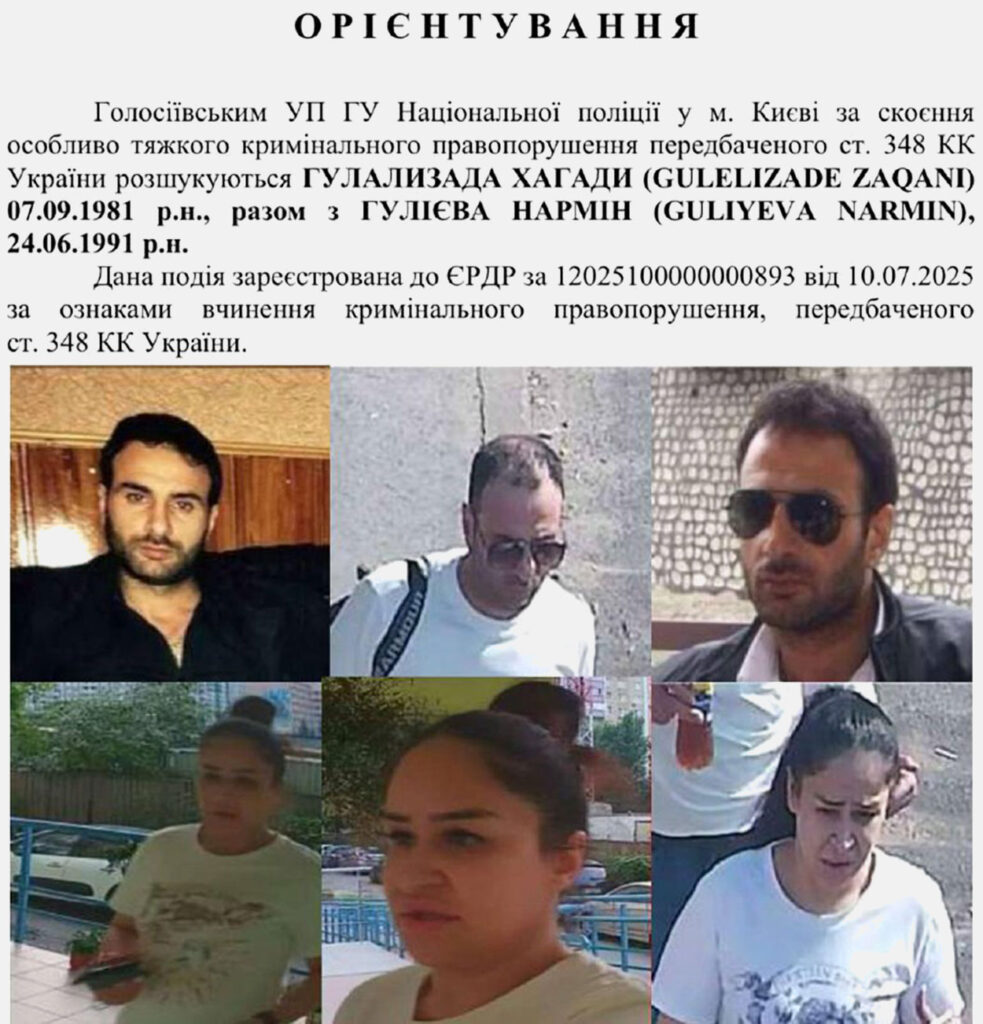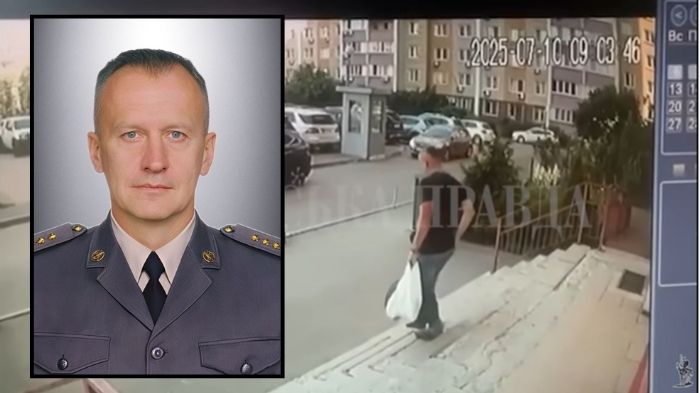Russia’s foreign hit squad eliminated in Kyiv shootout after assassination of SBU colonel

SBU Colonel Ivan Voronych’s killers — a foreign man and woman working for Russia’s FSB security service — resisted arrest and died in a firefight with law enforcers during a special operation led by the Security Service of Ukraine.
Foreign assassins tracked after bold murder of SBU officer
On 13 July, the Security Service of Ukraine (SBU) and National Police reported the elimination of a foreign hit squad in Kyiv Oblast. This occured days after they murdered SBU Colonel Ivan Voronych in the capital on 10 July. The SBU reports that the man and woman — both foreign nationals — had been sent to Ukraine by Russia’s FSB with clear instructions to assassinate the SBU officer.

The brain behind Ukraine’s shadow war successes—Motorola and Kursk—gunned down in Kyiv parking lot
According to the investigation, the FSB handler instructed the duo to surveil Voronych, identify his daily routine and routes, and later provided them with coordinates of a stash containing a pistol with a suppressor. In Kyiv’s Holosiivskyi District, one of the assailants approached Voronych on the morning of 10 July near his residence and fired several point-blank shots. The officer died on the spot. The foreign hit squad in Kyiv had tried to go into hiding following the assassination.
The case was registered under Article 348 of the Criminal Code of Ukraine — attempted murder of a law enforcement officer, military serviceman, or public order official.
Special operation ends with foreign suspects killed
The head of the SBU, Lieutenant General Vasyl Maliuk, personally oversaw the special operation to identify and locate the foreign hit squad in Kyiv, the agency said. The operation involved covert investigative and counterintelligence measures. Ukrainian forces discovered the suspects’ hideout and moved in early morning on 13 July.
“When they were being detained, they resisted. There was an exchange of fire, and the scum were eliminated,” said Maliuk. He added, “Let me remind you: the only future for the enemy on Ukrainian territory is death.”
Maliuk thanked National Police officers for their professional cooperation and emphasized that countering Russian intelligence operations remains a core priority for the SBU. He stated that the service successfully prevents 85% of crimes the enemy attempts to commit in Ukraine.
SBU colonel targeted for role in cross-border operations
The New York Times has previously reported that Colonel Ivan Voronych played a role in Ukrainian military operations in Russia’s Kursk Oblast. He served in the SBU since 1997 and was part of the elite Alpha Special Operations Center.
Ukrainian intelligence officer and former SBU operative Roman Chervinskyi described Voronych as one of the initiators of the SBU’s field of activity that has “caused many problems for the Russians.”